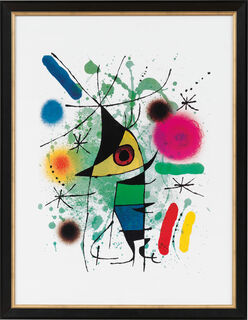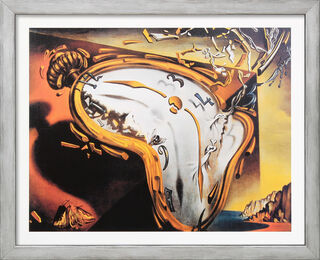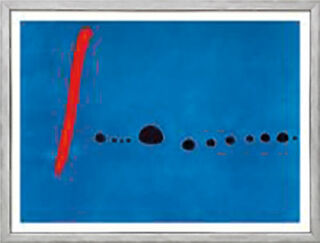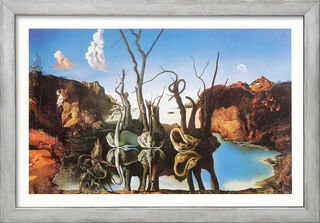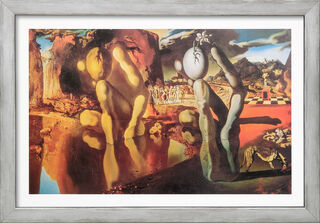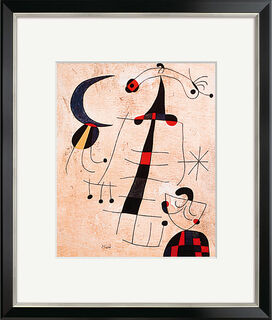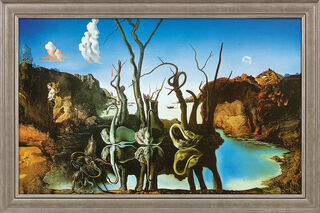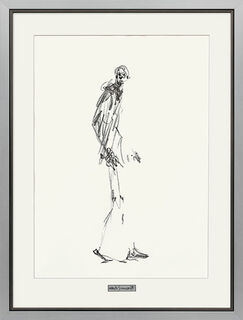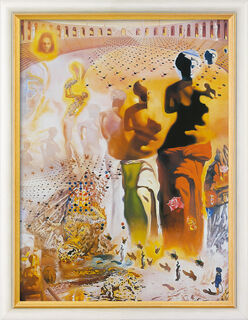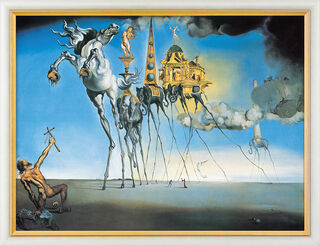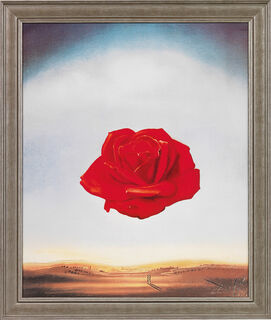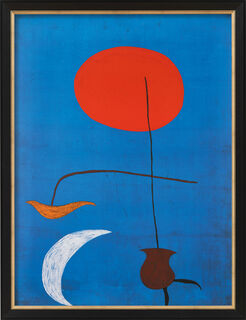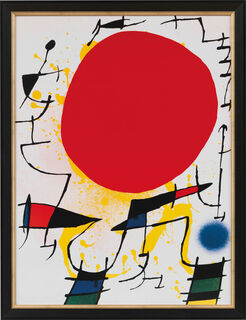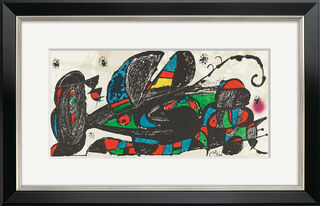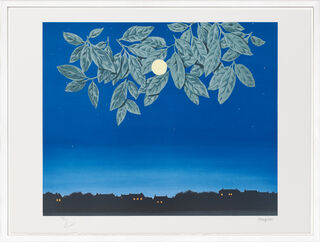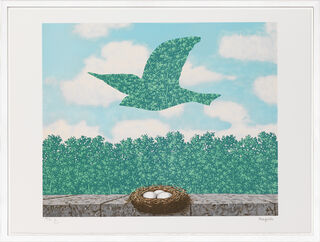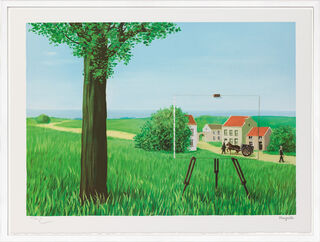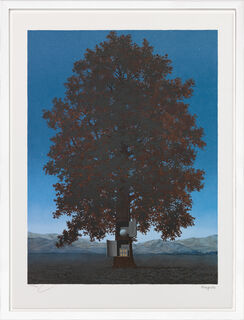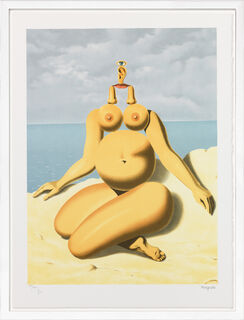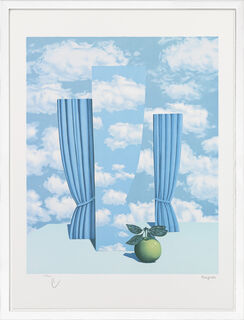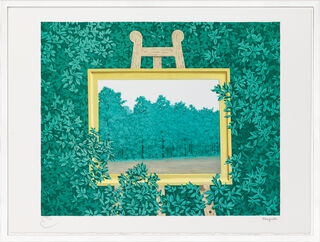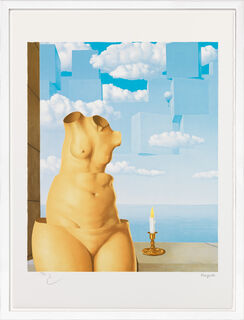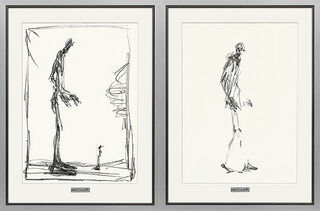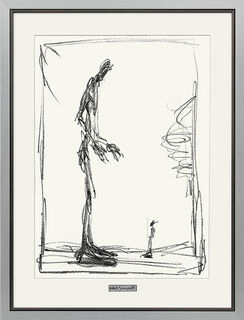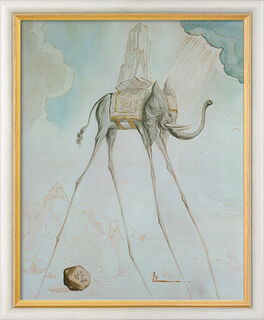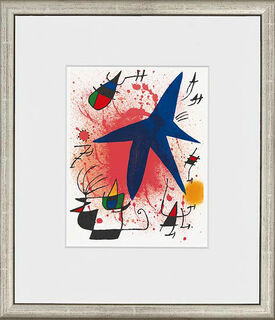Surrealism
Surrealism in Art – What You Should Know Before Buying a Surrealist Picture
Surrealism is one of the most important painting styles of the 20th century. The influence of Surrealism reaches far into contemporary art. Surrealist pictures often show recognisable references to reality but usually take them to absurdity by means of an alienated representation. However, entirely freely associated, subconscious-driven painting is also part of surrealistic art. Even today, Surrealism is very popular among the public. Entire art houses are dedicated to it, for example, the Max Ernst Museum in Brühl, the Surrealism Museum in Krefeld or "Dalí – The Exhibition at Potsdamer Platz" in Berlin. In our online shop, you can buy paintings in the style of Surrealism.
From Literature to Visual Art – The Beginnings of Surrealism
Surrealism had its origins in literature. In 1924, the French writer André Breton published the "Surrealist Manifesto", which was to become the standard work for literature and the visual arts alike. Breton believed in a fusion of dream and reality into a new form of reality, "surreality". Not only the perception of reality but reality itself was questioned. Surrealism took hold of intellectuals all over Europe. The movement was intellectually supported by Sigmund Freud and his psychoanalysis, which emphasised the importance of the unconscious and the subconscious. From the mid-1920s onwards, many painters and sculptors used various techniques to implement the ideas of Surrealism in their art.
A World Above Reality – Characteristics of Surrealism
In the literal sense, Surrealism deals with states "above reality". The artists of Surrealism explicitly did not want to depict the objective reality surrounding them with their artworks. They rather drew inspiration for their works from various psychological phenomena, diving into the inner realms of the human being. Unconsciousness, fantasies, visions, irrationality, dreams, instincts, or altered states were the subjects of surrealist painting – in other words, all areas of the human psyche that cannot be actively and consciously controlled. From the free, uninhibited, and uncontrolled flow of thoughts, the artists of Surrealism hoped to gain access to an alternative and purer reality. In their artistic practice, they aimed to directly transfer their spontaneous associations directly onto their works. They hoped for artistic inspiration by working half asleep or under the influence of alcohol and drugs, among other things. Some artists even drew inspiration from neurotic and paranoid states. The resulting artworks of Surrealism aimed to capture dreamlike and irrational aspects of existence.
The Two Schools: Veristic and Absolute Surrealism
Surrealist artists can be divided into two major schools: The works of "Veristic Surrealism" usually feature concrete and recognisable objects of external reality. However, due to unusual contexts, alienation and distorted representation of the objects, the overall composition appeared illogical and irrational. The play with reality was intended to push viewers to the limits of their understanding and make them question their perception. Among the representatives of this school were artists such as Salvador Dalí and René Magritte. In contrast, so-called "Absolute Surrealism" had abandoned any connection to reality. Its representatives relied entirely on the absence of reason and logic, allowing the subconscious to take control of the artistic creative process. Artists such as Joan Miró or Hans Arp cultivated automatic actions in their works of art and worked predominantly with spontaneous and abstract forms.

